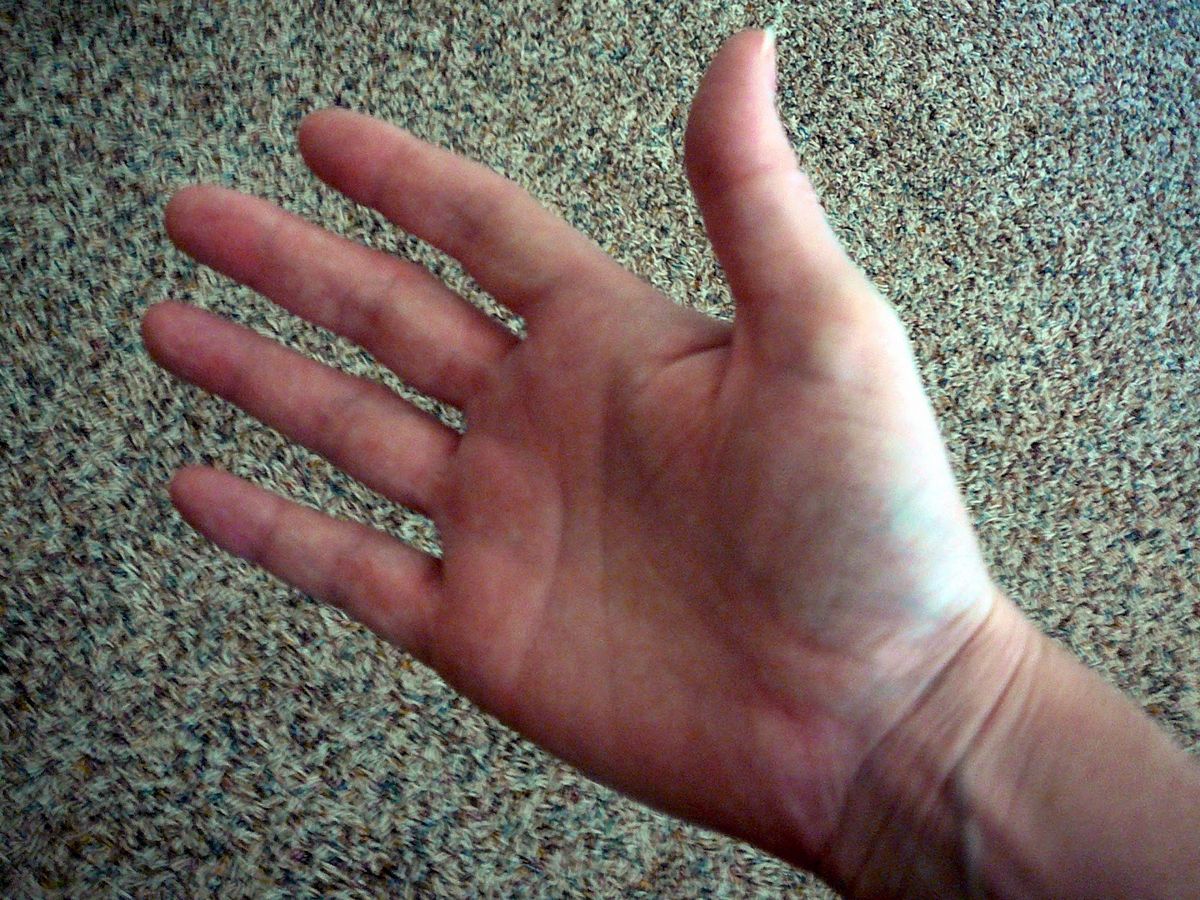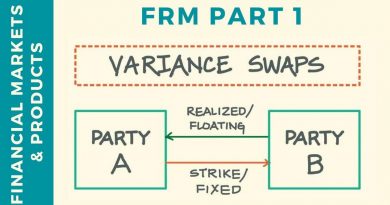Right Hand Side Meaning Overview Examples

Right Hand Side: Meaning, Overview, Examples
What Is Right Hand Side (RHS)?
The right hand side (RHS) refers to the offer price in a currency pair and indicates the lowest price someone is willing to sell the base currency. A foreign exchange quote reflects how much of the quote currency, which is listed second in the pair, it takes to buy the base currency.
Key Takeaways
- The right hand side (RHS) refers to the offer price in a forex quotation.
- The bid price appears on the left in a quote and the offer on the right.
- The offer price is the lowest price someone is willing to sell the base currency at, or the price at which a buyer can instantly buy the base currency.
The right hand side (RHS) is the offer price in a forex quote. Quotes show the bid on the left and offer on the right. The right hand side is the current offer price, where someone who wants to buy can transact instantly since there is a willing seller at that price.
For example, if the currency pair quote is 1.2500 by 1.2505, the right hand side is 1.2505. This represents the price someone is willing to sell the base currency and buy the quote currency. In the forex market, currencies are always exchanged. For example, an offer in the EUR/USD is to sell the EUR (base) and buy the USD (quote currency).
The difference between the bid and offer is called the spread. The bid is the highest price someone is willing to buy the base currency (in terms of the quote currency), and the offer is the lowest price someone is willing to sell the base currency.
The size of the bid/ask spread indicates the current liquidity in a market. A tight spread means good liquidity, which lowers transaction costs and maximizes returns. Forex brokers typically make money off the bid/ask spread, as the difference between the bid and ask price is their profit on the transaction. Some forex brokers, however, charge a commission on each trade instead of artificially increasing spreads or attempting to make money off the spread.
If the EUR/USD currency pair is trading at 1.1550 / 1.1560, the RHS or offer price is 1.1560. This is where someone is willing to sell EUR and buy USD or where an aggressor (or price taker) can buy EUR and sell USD. The spread is 10 pips.
If the euro is the domestic currency and a currency pair is quoted in terms of EUR/USD, that is referred to as an indirect quote. On the other hand, if the currency pair is quoted as USD/EUR, that is referred to as a direct quote (if the euro is the domestic currency). In either case, the base currency will always be on the left hand side (LHS) and the quote currency will be on the RHS.
Assume a person is in the U.S. and sees it costs $1.1560 to buy a single euro (EUR/USD). If that was converted to an indirect quote (direct for a U.S. resident), it would be shown as USD/EUR trading at 0.8650 / 0.8658, where a trader could buy one dollar for € 0.8658. To get these numbers, divide one by the direct bid (1.1550) and ask (1.1560) prices.
Example of the Right Hand Side In a Forex Transaction
The following chart shows the bid and ask prices for different currency pairs. The bid is on the left and offer is on the right. The difference between the bid and ask prices is the spread.
Let’s analyze what the USD/CAD quote means. The bid is 1.30527, meaning someone is willing to buy one USD for 1.30527 Canadian dollars. This is the highest price someone who instantly wanted to sell USD could transact at, since there is a willing buyer at that price.
The offer is 1.30544, meaning someone is willing to sell one USD for 1.30544 Canadian dollars. This is the lowest price someone who instantly wanted to buy USD could transact at, since there is a willing seller at that price.
USD/CAD is a direct quote if the domestic currency is CAD. The quote shows how much CAD it takes to buy one USD or how much CAD one USD can buy. The quote does not show how many USD it takes to buy one CAD. For that, we need the indirect quote (if the domestic currency is still CAD).
To get the indirect quote, divide one by the bid and then divide one by the offer. This will provide the indirect bid and the indirect offer.
1 / 1.30527 = 0.76613 and 1 / 1.30544 = 0.7660
The bid is always the lower price, and the offer always the higher. Therefore, the bid for the CAD/USD is 0.7660 and the offer is 0.76613. This shows how many USD it takes to buy one Canadian dollar. 0.76613 is the right hand side of the quote.



